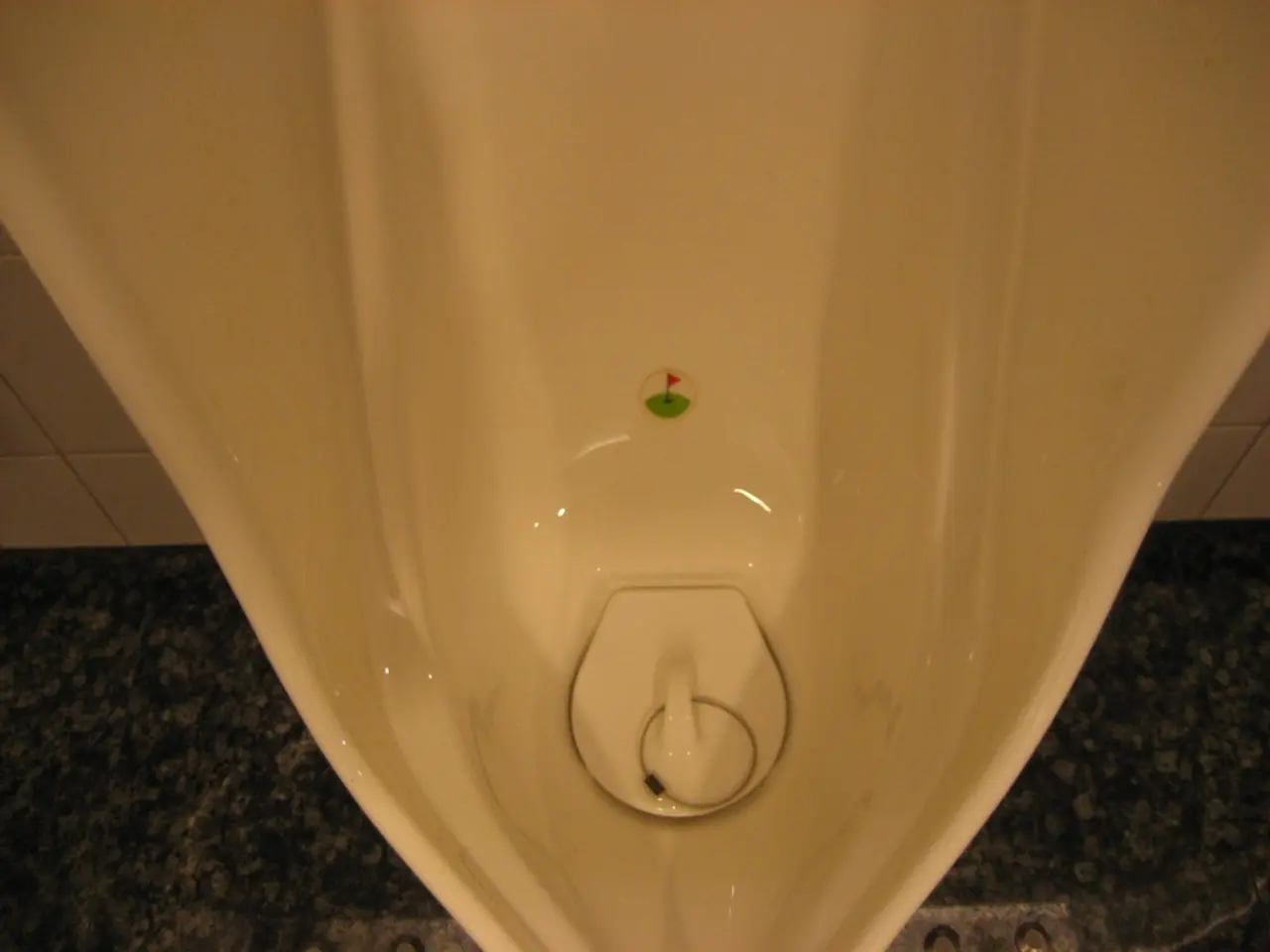Strategies for Managing an Ineffective Overactive Bladder Treatment
For many individuals suffering from overactive bladder (OAB) issues, the journey towards finding effective relief can be challenging. Delayed diagnosis and unsuccessful medication trials often lead to a lack of exploration of available treatment options. However, there are several alternatives to medication that offer hope for those seeking relief from OAB symptoms.
Pelvic Floor Physical Therapy
One such alternative is pelvic floor physical therapy, a non-invasive approach that focuses on targeted exercises to strengthen pelvic muscles. This method aims to improve control over urinary urgency, frequency, and nighttime symptoms by addressing muscle weakness directly. While potential side effects are minimal, temporary muscle soreness may occur [1].
Botox Injections
Botox injections represent another alternative treatment for OAB. By temporarily paralyzing or weakening bladder muscles, Botox reduces contractions and symptoms. The effects of Botox typically last about 6 to 9 months, requiring repeated procedures. The advantage of Botox is significant symptom relief without the need for daily medication. However, side effects can include urinary retention and urinary tract infections [1].
Percutaneous Tibial Nerve Stimulation (PTNS)
PTNS, a type of neuromodulation, involves electrical stimulation of nerves controlling the bladder via a small needle near the ankle. This method modulates nerve signals to reduce urgency and frequency. PTNS is minimally invasive and well-tolerated, although relatively limited and small studies exist on its efficacy. Side effects may include mild discomfort or irritation at the needle site [1].
In addition to these treatments, bladder training and lifestyle changes can also provide support in managing OAB symptoms. However, these three treatments stand out as notable non-medication options with varying invasiveness and mechanisms. The advantages primarily relate to symptom control without systemic drugs, and side effects depend on treatment modality but are generally manageable [1][5].
It's essential to remember that medication is only one part of the treatment equation for OAB. Some patients stop taking medication due to inefficacy, while others find the side effects intolerable. In such cases, exploring alternatives like pelvic floor physical therapy, Botox injections, and PTNS can offer relief and improve the quality of life for those affected by OAB.
For those considering these alternatives, it's recommended to consult with a urologist for a comprehensive evaluation and personalised treatment plan. Dr. Slopnick suggests seeking advice after the first failed attempt at treatment with medication [2].
References:
[1] National Institute of Diabetes and Digestive and Kidney Diseases. (2021). Overactive bladder: Diagnosis and treatment. Retrieved from https://www.niddk.nih.gov/health-information/urologic-diseases/overactive-bladder/diagnosis-and-treatment
[2] Slopnick, A. (2019). Overactive bladder: When medication fails. Retrieved from https://www.health.harvard.edu/diseases-and-conditions/overactive-bladder-when-medication-fails
[3] American Urological Association. (2020). Sacral neuromodulation. Retrieved from https://www.auanet.org/guidelines/sacral-neuromodulation-for-urodyssynergia-and-nonneurogenic-detrusor-overactivity
[4] Medtronic. (2021). InterStim™ II Dual Chamber System. Retrieved from https://www.medtronic.com/uk-en/healthcare-professionals/treatment-algorithms/urogynecology/bladder-control/interstim-ii-dual-chamber-system
[5] Abrams, P., Cardozo, L., Fall, T., et al. (2021). The European Association of Urology guidelines on overactive bladder/neurogenic bladder. European Urology, 79(1), 1-52. doi:10.1016/j.eururo.2020.06.008
- Moreover, the realm of health and wellness includes diverse treatments for overactive bladder (OAB), such as pelvic floor physical therapy, Botox injections, and Percutaneous Tibial Nerve Stimulation (PTNS).
- These treatments cater to differing preferences and health circumstances, providing relief from OAB symptoms without the need for medication.
- Delving into pelvic floor physical therapy, targeted exercises are used to strengthen pelvic muscles that improve urinary control.
- In some instances, Botox injections paralyze bladder muscles, reducing contractions and alleviating symptoms for an average of 6 to 9 months.
- On the other hand, PTNS employs electrical stimulation of nerve-controlling bladder muscles via a needle near the ankle for symptom reduction.
- Apart from these methods, bladder training and lifestyle modifications can significantly contribute to managing OAB symptoms.
- It's crucial to note that while medication might be one approach, alternatives like pelvic floor physical therapy, Botox injections, and PTNS can offer relief and improve the quality of life.
- For personalized treatment, seeking advice from a specialized professional like a urologist is advisable after failed medication treatments.
- Sacral neuromodulation, another treatment option, targets nerve pathways using a device implanted in the lower back to improve bladder function.
- When it comes to specific devices, the InterStim™ II Dual Chamber System is a notable option for managing OAB symptoms.
- In the broader context of healthcare, these treatments represent innovations in addressing chronic diseases like OAB, as well as neurological disorders, cancers, respiratory conditions, and cardiovascular health.
- As aging occurs, maintaining skin care, mens' health, sexual health, and women's health becomes imperative, as does proper nutrition, weight management, and parenting support.
- Integral to overall health and wellness are fitness and exercise, which contribute to digestive health, eye health, hearing, mental health, and autoimmune disorders.
- Today, an array of therapies and treatments, including CBD, are being developed and researched to tackle various medical conditions, disorders, and skin conditions, further enhancing the world of health and wellness.




